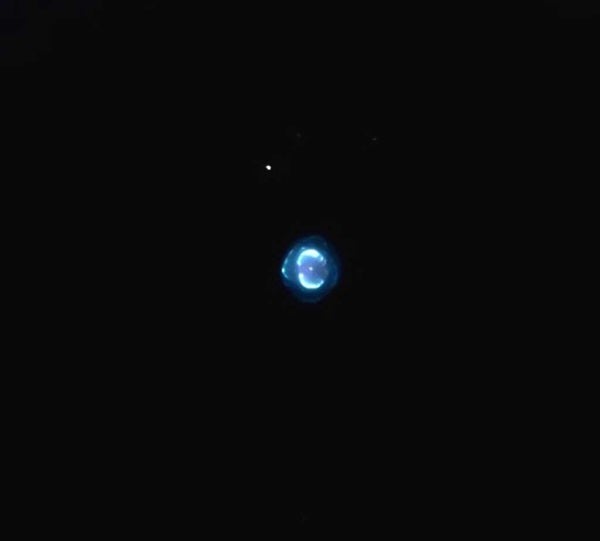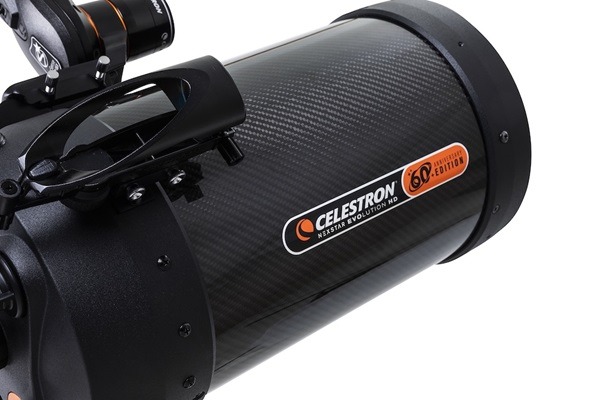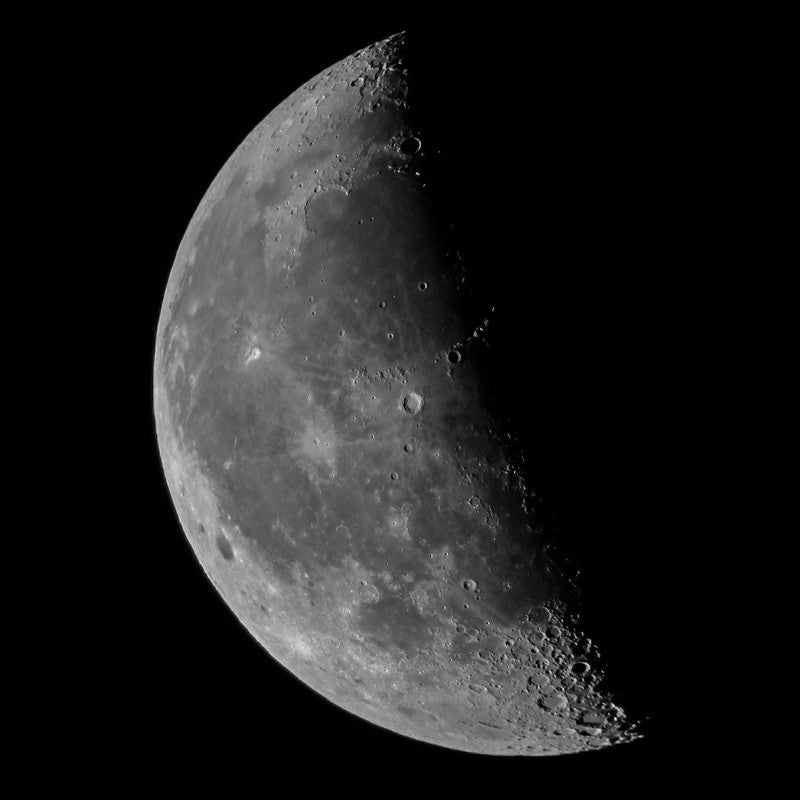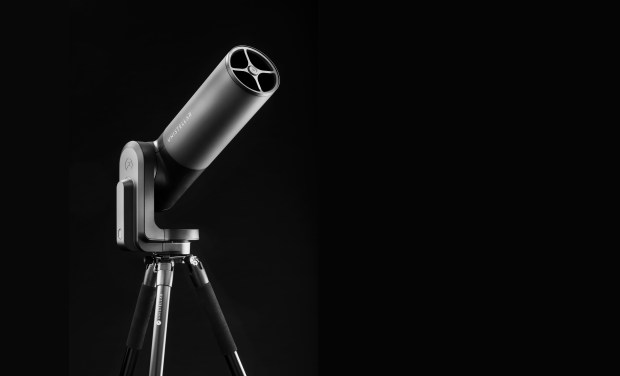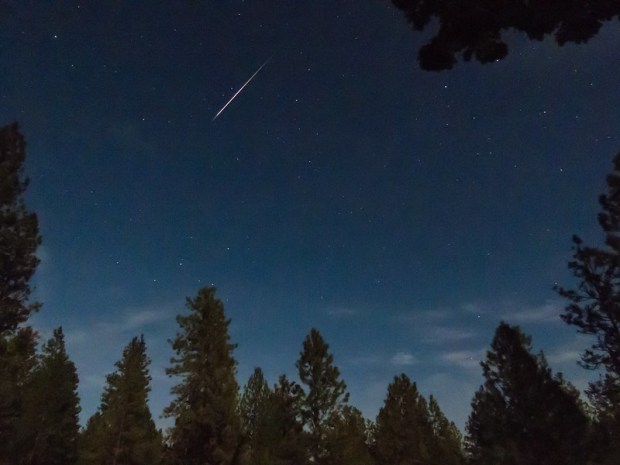Unfortunately, when you look at distant galaxies and nebulae, you won’t see much color through your telescope. That’s because you’re viewing objects that are too faint to trigger your eyes’ color receptors. (This is the same reason why on Earth we see lots of color in the daytime but not much at night.)
However, two classes of celestial objects — double stars and planetary nebulae — break this rule. The reason is their sizes. Stars are point sources, and planetaries typically measure less than 1 arcminute across. (As a comparison, the Full Moon spans 31 arcminutes.) So although they’re not really all that bright, their light concentrates over a small area. In astronomical terms, their surface brightnesses are high. The table above (“Color test”) provides 10 colorful objects to observe.
However, two classes of celestial objects — double stars and planetary nebulae — break this rule. The reason is their sizes. Stars are point sources, and planetaries typically measure less than 1 arcminute across. (As a comparison, the Full Moon spans 31 arcminutes.) So although they’re not really all that bright, their light concentrates over a small area. In astronomical terms, their surface brightnesses are high. The table above (“Color test”) provides 10 colorful objects to observe.
| COLOR TEST Here are five colorful double stars and five planetary nebulae in which you should see color; they are organized by group and then right ascension. You’ll find the positions of all these objects using Astronomy’s interactive star atlas at www.Astronomy.com/stardome |
||
| Object |
Designation | Colors |
| Albireo |
Beta (β) Cygni
|
Blue and gold |
| Achird |
Eta (η) Cassiopeiae
|
Yellow and red |
| Al Rischa |
Alpha (α) Piscium
|
Yellow and blue |
| Almach | Gamma (γ) Andromedae | Yellow and blue |
| Kaffaljidhma | Gamma Ceti | White and blue |
| The Little Gem | NGC 6818 | Green |
| The Blue Flash | NGC 6905 | Blue |
| The Saturn Nebula | NGC 7009 |
Blue-green |
| The Blue Snowball | NGC 7662 | Blue |
| Cleopatra’s Eye | NGC 1535 | Blue |
Michael E. Bakich
Senior Editor
Senior Editor

